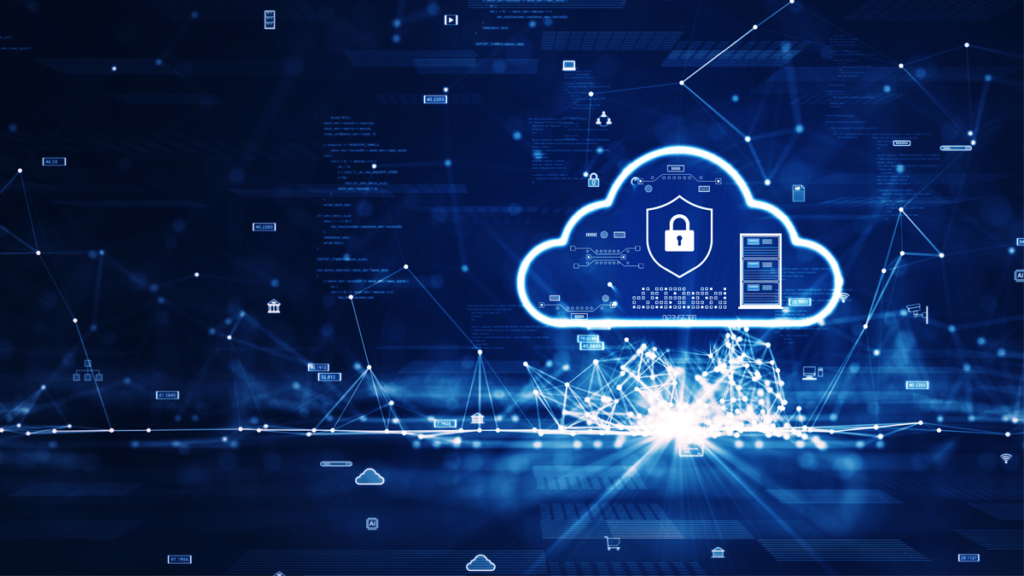Sam Holland considers the role of hardware, particularly data centres and nodes, in the Cloud and the Edge, alongside the chief similarities and differences between the two areas of computing.
As I reflect on in my past article that defines the ‘Internet of Things’, one downside to the increasing use of tech buzzwords is that they may lose their meaning with their constant use. And this is not just true of the ‘IoT’, but the many subsets that fall under the term. This is especially the words ‘Edge’ and ‘Cloud’, which are often used without any context to tell them apart.
Over the next two sections, key principles of Cloud and Edge computing are covered along with some of their pros and cons.
Cloud computing
In the case of the Cloud, consider the example of when a user makes a spoken request to their smart speaker. Upon receiving the request, the device then utilises the Cloud when it sends its user’s voice data to a remote data centre. It’s there where the data is processed by servers and then sent back to the device, and only then can that smart speaker respond to the user. Such a remote data centre, and most importantly its servers for data storage and processing, together form the closest things to being tangible parts of the Cloud.
Nevertheless, ‘the Cloud’ remains a wholly abstract term that conveniently ignores the immense hardware required to host it. In fact, the term may have been coined as early as the 1990s when it was used to refer to the Internet itself – long before Internet usage had anything to do with wireless communications as we take it for granted today (let alone online storage). But this isn’t to say that the Cloud is formed of hardware as such: it simply requires an an enormous amount of it.
But while cloud computing requires remote data centres to ensure a high level of storage and processing, it does so at the cost of processing speed. To revisit the example of a user making a spoken command to a smart speaker, have you ever wondered why smart speakers always light up for a few seconds before they reply to their voice commands? This is due to a process known as Cloud service latency, and it refers to the delay that’s caused by having smart devices rely on distant, remote data servers. The question now arises about what, on the other hand, the pros and cons of Edge computing are.
Edge computing
Edge computing has a profound advantage over Cloud computing in terms of processing speed: it is the highly efficient Edge that has the proven potential to accommodate the real-time demands of multiple mission-critical operations, such as those seen in the medical field, connected cars, and smart cities.
Again: such speed (i.e. the amount of latency or lack thereof) boils down to the proximity of the hardware that processes the data of the given device and application. In the case of Edge computing, this is why its core reliance on local nodes, rather than remote data centres, are so important.
A node is defined as “a piece of equipment, such as a computer or peripheral, attached to a network”. Examples of Edge nodes include routers and IoT gateways. Nodes, in the context of Edge computing, form the various computing hardware in a local network that process the data of an end device. It may also be the role of the Edge computing network to send further data to the Cloud depending on which computing platform is more suited to the given application. After all, while the Cloud and the Edge have fundamental differences, they are often used together rather than as mutually exclusive entities – especially as the Edge requires stricter demands on storage.
Nevertheless, the already-significant potential of Edge computing is developing fast, especially in terms of software processing capabilities. Consider artificial intelligence alone: an exciting use of Edge computing is a technology known as TinyML (tiny machine learning), which utilises AI in low-power (namely battery-powered) microcontrollers, the data of which is processed at the Edge without even requiring the need to send it to the Cloud.
The Cloud and the Edge in the IoT
Ultimately, despite their limitations, the benefits of both the Cloud and the Edge remain vital areas of the Internet of Things, particularly as the IoT places demands on data that may never be surmountable on local devices alone. And particularly in the case of TinyML, the industrial and commercial uses of the Edge are countless: it is already opening the door to time-sensitive applications, such as facial recognition, natural language processing, and much more.
Check out more computing and connectivity stories at our Industrial page. You can also comment below or delve deeper at our LinkedIn page.
Plus, IoT Insider’s sister publication Electronic Specifier has more at its Wireless industries page.
